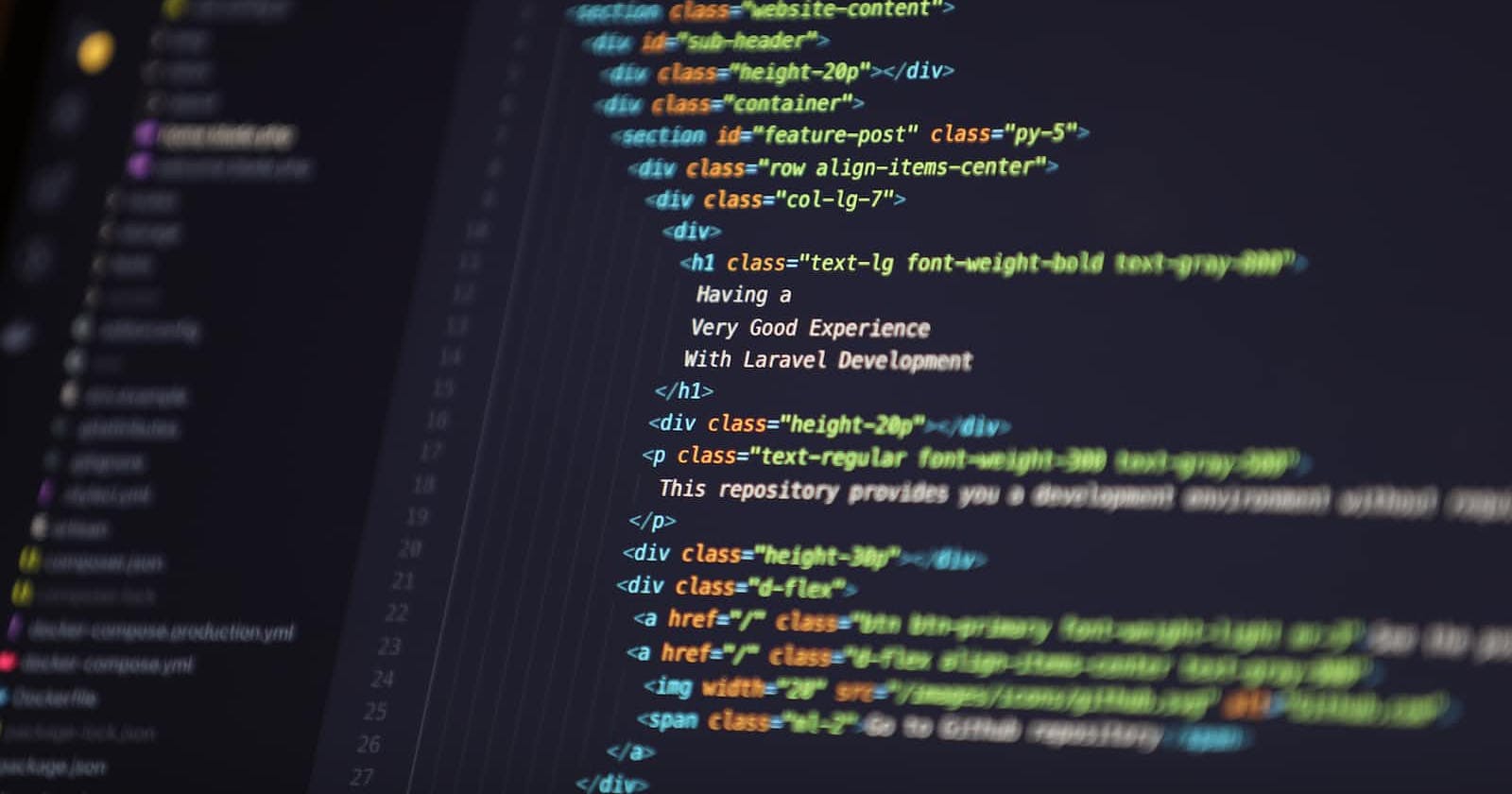Dependency Injection (DI) is a design pattern used in software development to achieve the inversion of control (IoC) principle. In Laravel, dependency injection is a crucial concept for managing class dependencies and promoting code flexibility and test-ability.
In the context of Laravel, dependency injection involves injecting dependencies (objects or values) into a class when it is instantiated, rather than having the class create its dependencies internally. This approach allows for better separation of concerns and makes it easier to replace or update dependencies without modifying the class itself.
In Laravel, dependency injection is commonly used in the constructor of a class. For example, consider the following class that requires an instance of another class (SomeDependency) as a dependency:
class MyClass {
protected $dependency;
public function __construct(SomeDependency $dependency) {
$this->dependency = $dependency;
}
public function doSomething() {
// Use $this->dependency to perform some action
}
}
In this example, when you instantiate MyClass, you need to provide an instance of SomeDependency to the constructor. Laravel's service container takes care of resolving and injecting dependencies automatically.
Laravel's service container is a powerful tool for managing class dependencies and performing dependency injection. It allows you to bind classes or interfaces to their implementations and automatically resolves these dependencies when needed.
Here's an example of binding a class in Laravel's service container:
app()->bind(SomeDependency::class, function () {
return new ConcreteDependency();
});
Now, when you request an instance of SomeDependency through dependency injection, Laravel will automatically use the ConcreteDependency implementation.
Dependency injection in Laravel facilitates the writing of clean, modular, and testable code by promoting the principles of SOLID design, specifically the Dependency Inversion Principle.


